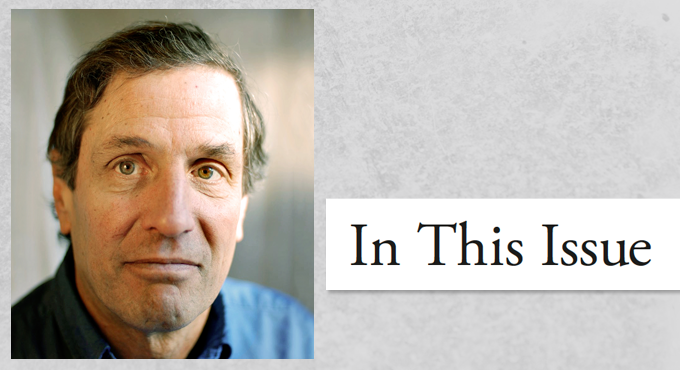
By Laurence Prusak
I’d like to talk about an F word that is probably heard less in most organizations than that other F word—the one you thought I meant. The F word I have in mind is “failure.”
I’m sure I needn’t belabor the point that most private and public organizations rarely admit their failures. (NASA is of course an exception to this rule. Its failures tend to be front-page news and are endlessly discussed and analyzed inside and outside the agency.) But failure is slowly being recognized as a valuable subject. One can learn a lot from the failure of projects, technologies, states, and virtually any other human endeavor.
There is now a movement within the world of philanthropy and non-governmental organizations to begin to discuss failed activities openly. It is called FAILFaire. Its distinctive punning name is of course deliberate. FAILFaire is all about being fair-minded when talking about things that do not go as planned. It recently held its third annual meeting in Washington, D.C. Representatives of several organizations stood up and discussed in detail projects that went wrong for systemic reasons—not as a result of simple human errors but because of faulty ideas about how things would work.
The meeting was held this year at the World Bank; several people I work with at the World Bank attended. It has been written up in the New York Times and on the web. It is also reported that the Bank is having its own internal FAILFaire meeting soon under the transparency initiative the Bank is committed to.
Can you imagine such a meeting being held at the end of a war? Did Japan or Germany do this in any public or private way? Did the United States look closely and openly at what happened in Vietnam? Or, to take a less contentious issue, did any major financial firm try to look carefully at what happened in 2008? What about internal examination of a disastrous merger like that of Time Warner and AOL?
What can one learn from failure? If done with a modicum of sensitivity and good will, discussions of failure are worth their weight in acquired wisdom and improved judgment. As a result of extensive, frank analysis of the Challenger and Columbia disasters, NASA has developed processes and cultural norms that support greater openness and safety consciousness. But how many other such examples can we name? And if failures are not admitted and discussed, they are likely to happen over and over again.
So what stops this most valuable activity from happening in most organizations? Surely the blame game is at or near the top of the list. In spite of protestations to the contrary, discussing failure is not possible in many organizations because “failure is not an option” and the individuals blamed for the failures that inevitably occur are punished. In those rare cases when failure is discussed, it is usually seen as idiosyncratic and individual, so little learning takes place.
In spite of protestations to the contrary, discussing failure is not possible in many organizations because failure is not an option and the individuals blamed for the failures that inevitably occur are punished.
Another reason—perhaps a more valid one—is what philosophers call “causal ambiguity.” It is hard to understand the causes of a failure in a complex organization—or even in such a small theater of activity as one’s own mind. A story told about the great Elizabethan adventurer Sir Walter Raleigh illustrates this point.
When he was imprisoned in the Tower of London in the early 1600s, Raleigh decided to write a history of the world. Staring out of his prison cell one day, thinking about how to proceed, he saw a man being killed right under his window. Raleigh was appalled. He asked his valets and other servants to find out what had happened. His men were never able to get to the bottom of the crime. That discouraged him from writing his history: if he couldn’t even understand what had happened under his own window, how could he possibly understand what happened hundreds of years ago?
Yet a third reason for not discussing failure is fear of putting off donors, patrons, clients, investors, congress people, and anyone else whose support one needs to carry on the work. It is hard to put a good spin on a failure that has potential and real liabilities for stakeholders (even though looking at the failure would ultimately benefit them, too).
Overcoming these barriers to open examination of failure is important because of all we can gain by encouraging such transparency in our working and social and political lives. That is often the only way we can learn things that are not taught or often even considered in our rushed day-to-day lives, and sometimes the only or the best way organizational truth can grow. I think the movement toward transparency and learning from failure is one of the more remarkable trends in recent years. It should be applauded and encouraged. Two cheers for failure!
Related Links
- FAILFaire
More Articles by Laurence Prusak
- The Knowledge Notebook—Where is the knowledge in NASA? (ASK 48)
- The Knowledge Notebook—The Real Value of Knowledge (ASK 47)
- The Knowledge Notebook—The Greeks Had Many Words for It (ASK 46)
- The Knowledge Notebook—Network Success (ASK 45)
- The Knowledge Notebook—Indicators (ASK 44)
- View More Articles









